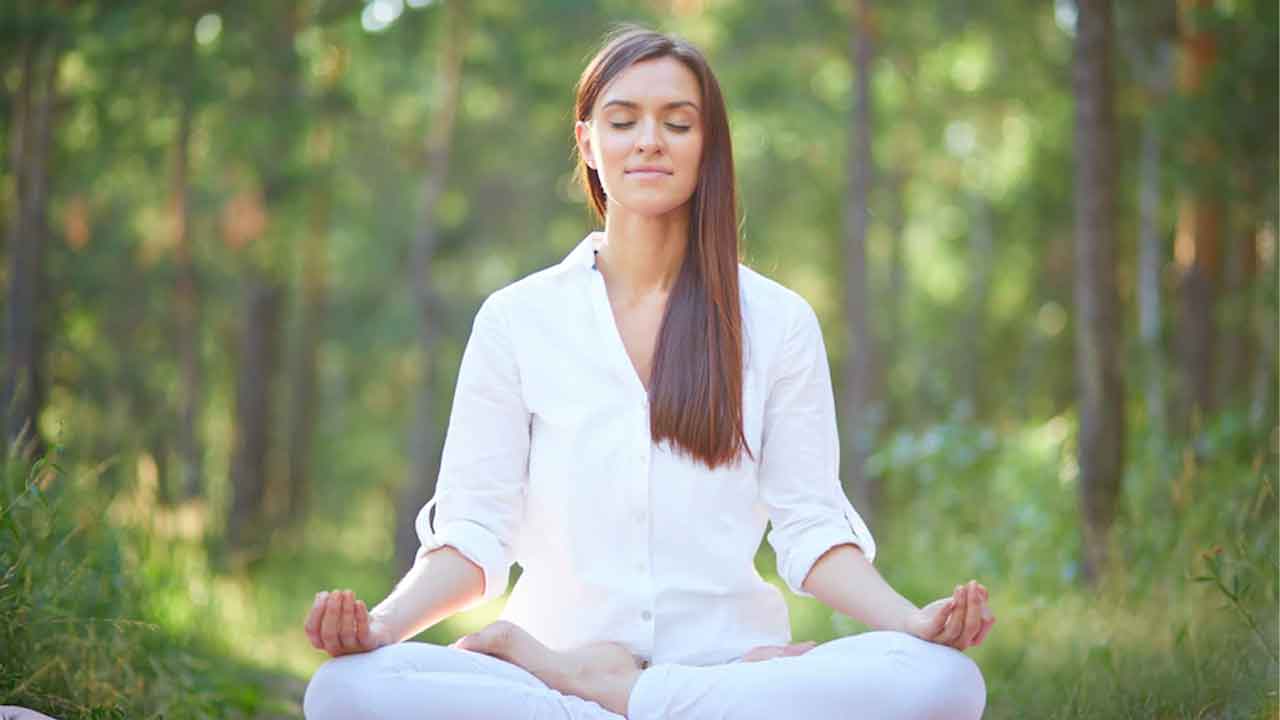Mindfulness meditation is a valuable practice that can help you reduce stress, improve focus, and enhance your overall well-being. This step-by-step guide will take you through the process of practicing mindfulness meditation effectively.
Key Points:
Step 1: Find a Quiet Space
Select a quiet and undisturbed spot, whether it's a quiet room within your home, a cozy corner, or even a serene garden. It's essential to ensure this place allows you to achieve complete calmness and freedom from disruptions, which includes choosing a time when you can truly relax without any disturbances.
Step 2: Get Comfortable
Sit comfortably on a cushion or chair with your back straight but not rigid. Rest your hands on your lap or knees.
Step 3: Focus on Your Breath
Close your eyes gently and take a few deep breaths. Pay attention to the sensation of your breath as it enters and leaves your nostrils. Allow your breath to be natural and unforced.
Step 4: Observe Your Thoughts
As you sit quietly, thoughts may arise. Acknowledge them without judgment and let them pass like clouds in the sky. Bring your attention back to your breath each time you notice your mind wandering.
Step 5: Scan Your Body
Starting from the top of your head, slowly scan down through your body, paying attention to any areas of tension or discomfort. Breathe into those areas and allow them to relax.
Step 6: Be Present
Shift your focus to your present moment experience. Notice the sounds, sensations, and feelings without attaching any judgment to them. Simply observe and accept them as they are.
Step 7: Set a Timer
Especially when you're just starting, it can be helpful to set a timer for your meditation session. Begin with 5-10 minutes and gradually increase the duration as you become more comfortable with the practice.
Tips and Notes:
- Consistency: Try to meditate at the same time each day to establish a routine.
- Posture: Maintain good posture to prevent discomfort during meditation.
- Patience: Be patient with yourself. It's natural for the mind to wander; the key is gently bringing it back to the present moment.
- Guided Meditations: Consider using guided mindfulness meditation apps or recordings to help you get started.
- Practice: Meditation is a skill that improves with practice. The more you do it, the more benefits you'll experience.
Take Mindfulness Beyond Meditation
While it can be described as a meditative state, mindfulness is not limited to meditation. With practice, you can easily access this state in everyday life. To others you may appear normal and completely active, even though you are in a state of mindfulness internally.
The application of mindfulness in daily activities can be said to be unlimited. You can apply mindfulness in almost anything, such as while eating, practicing at the gym, playing with your child, or while listening to your boss's scolding. Mindfulness practice is never meant to be separate from reality, but to enrich and become an integral part of it.
Final Thoughts
Mindfulness is a state of mind in which we are completely focused on the here and now, and are detached from the emotions and cognitive content of our thoughts. This is very beneficial, and enjoyable, because sometimes freeing ourself from regrets and worry and being completely in the here and now is necessary, especially if we are to remain calm and feel some relief in life.
Mindfulness meditation is a powerful tool, not only for reducing stress and make you calmer, but also maintain your memory and cognitive function, help you have better social interactions, reduce the tendency to focus only on the negatives, and contribute positively to your health and well-being. By following these steps and incorporating mindfulness into your daily life, you can enjoy the many benefits it offers.

